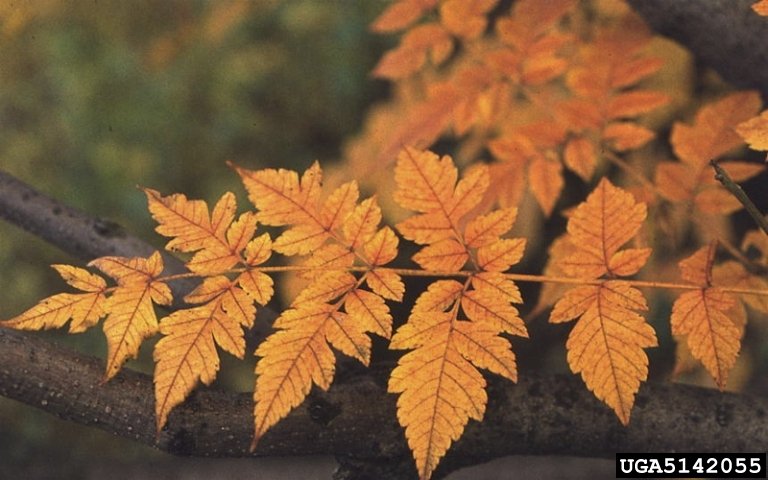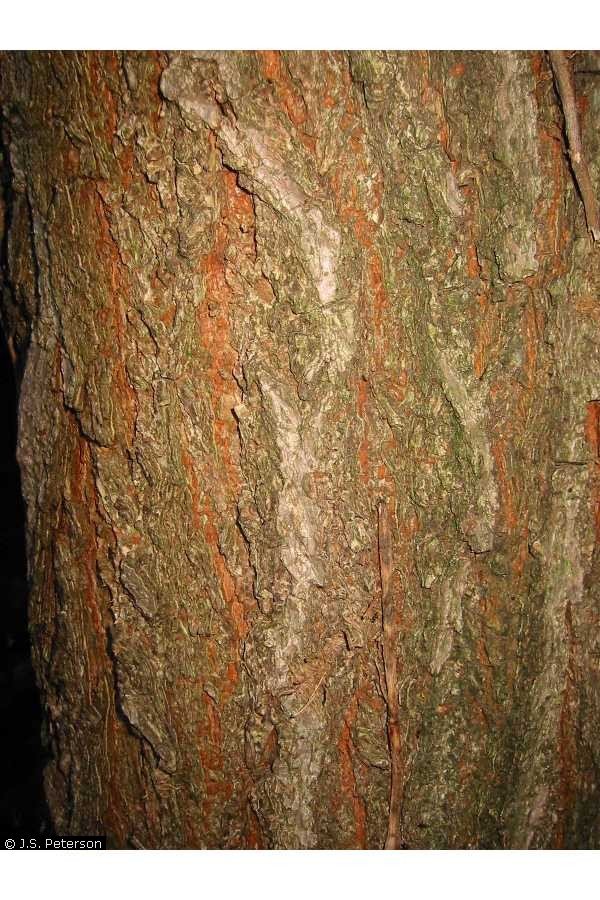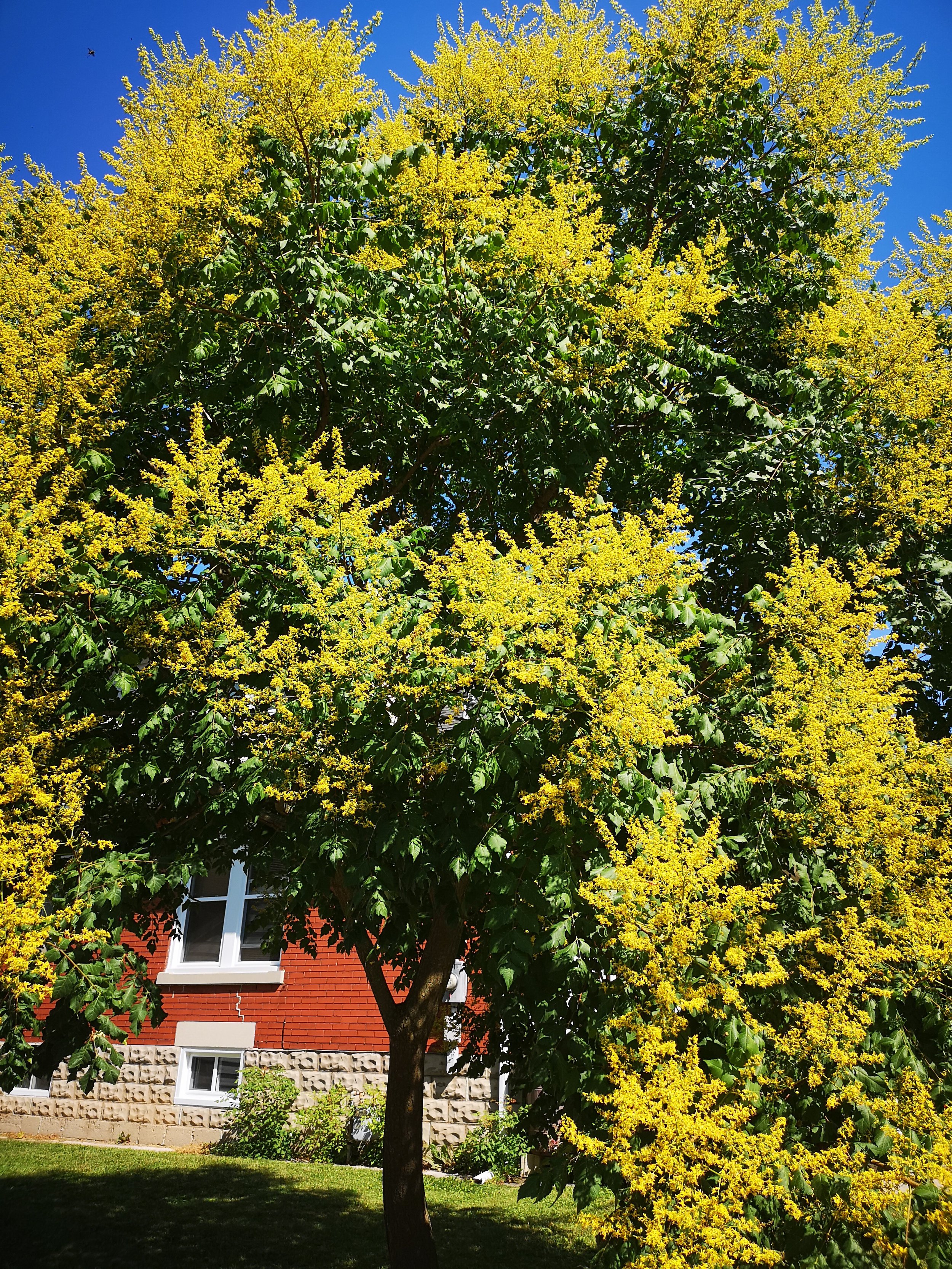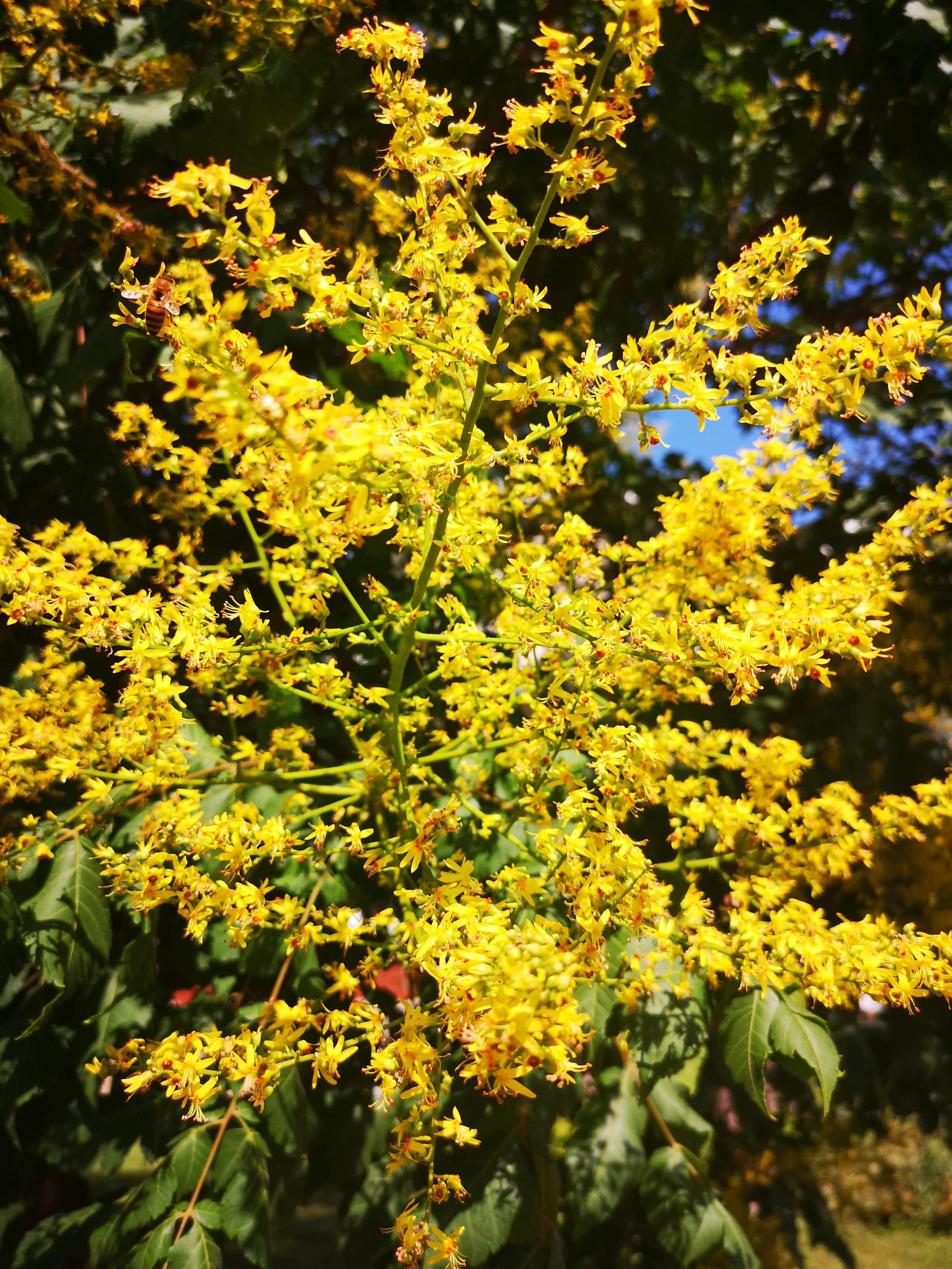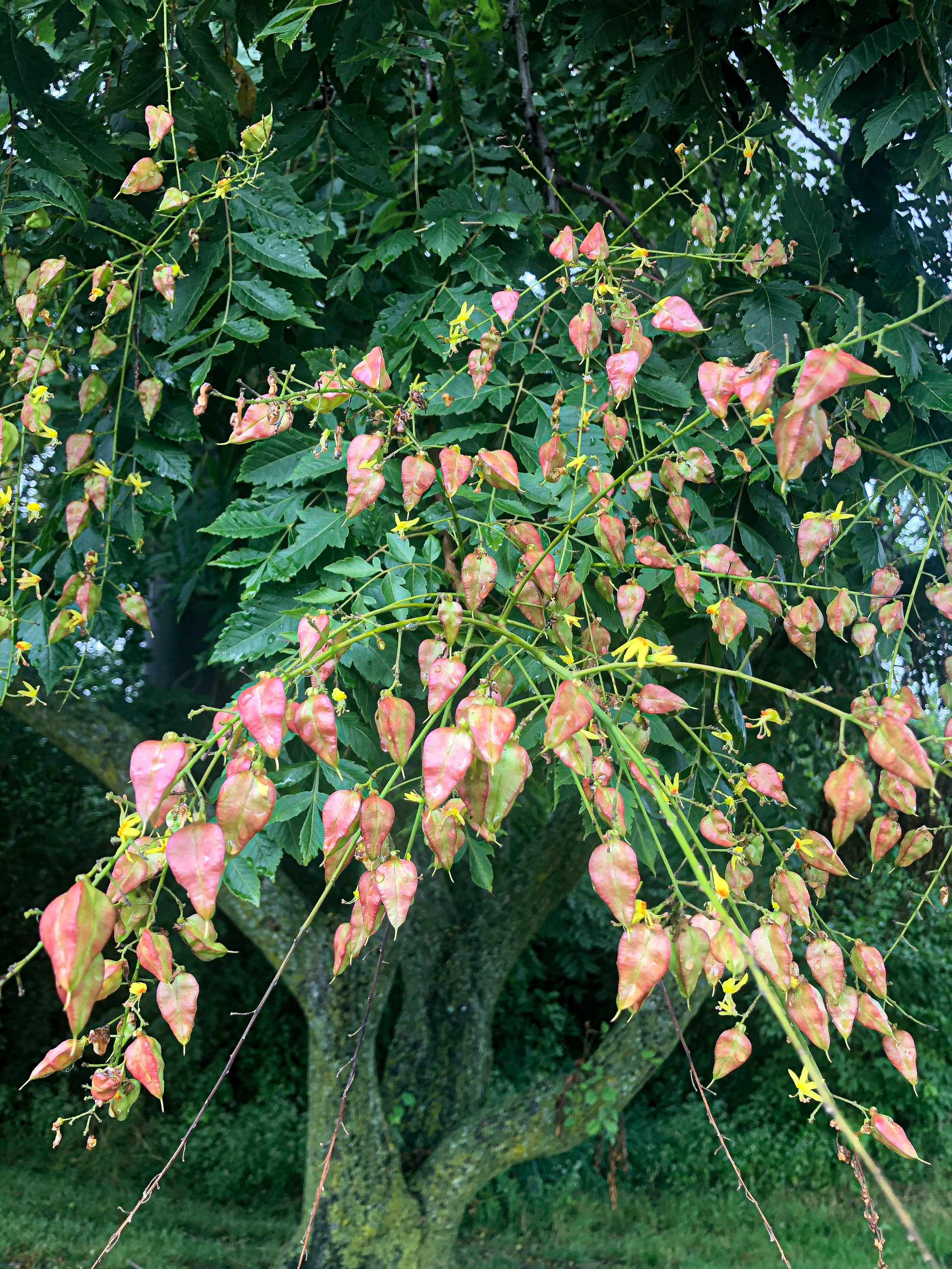Indiana Invasive Species Awareness Week: Goldenrain tree (Koelreuteria paniculata)
SICIM Email
In honor of Indiana Invasive Species Awareness Week, we are highlighting some lesser known species that you need to be on the lookout for! These species have shown invasive tendencies but we don’t have a clear picture of their distribution in Indiana. If you see any of them growing in natural areas, be sure to report them in EDDMaps so that we can get a clearer understanding of their location and spread.
Goldenrain tree (Koelreuteria paniculata) is a small to medium sized tree, growing 30 to 40 feet tall with a canopy of 30-40 feet wide. Native to China, Korea & Japan, it was introduced as a popular urban landscaping tree due to its ability to grow in a variety of climates and soil types, and tolerates air pollutants.
Goldenrain tree has alternate compound leaves, with each leaf made up of 7-17 leaflets that are irregularly lobed and deeply toothed. When the leaves first emerge, they are bronze to pinkish or purple in color turning dull yellow in the fall. Young bark is light gray to brown and will become rigid and furrow with age.
Goldenrain tree produces showy, yellow star-shaped flowers in June and July. The flowers grow in stalked showy clusters, and form a golden mat below the tree, hence the name. Fruits are three parted papery capsules. 1 ¼ inch to 2 ½ inch long. The capsules start out green and turn to brown, persisting throughout the fall and winter.
Goldenrain tree reseeds itself readily and has been found to escape cultivation, with seeds having a very short germination time of only 6-8 days. It has only been reported sporadically throughout the United States including Indiana. It is currently listed by three states as invasive but is not listed federally.
If you find Goldenrain tree outside of a landscape setting, please report it via EddMaps either through the app or their website: www.eddmaps.org/indiana. The clusters of yellow flowers are hard to miss so be sure to keep an eye out in June and July! We need to have a better understanding of its invasive tendencies, so if you see it, report it!
If you have been wanting to use EDDMaps but haven’t had the chance to learn, here are a couple virtual events coming up to hone your skills:
North American Invasive Species Management Association (NAISMA): 2022 EDDMapS Summit, March 23rd
National Invasive Species Awareness Week (NISAW) webinar: Let’s Use Eddmaps: Invasives Species Identification and Reporting Training, March 2nd
References and for more information on Goldenrain tree:
https://mdc.mo.gov/discover-nature/field-guide/golden-rain-tree
https://www.invasiveplantatlas.org/subject.html?sub=14083
https://www.invasive.org/browse/subinfo.cfm?sub=14083
https://www.texasinvasives.org/plant_database/detail.php?symbol=KOPA
Photo credits:
Fall foliage: Dow Gardens, Bugwood.org
Dried-brown fruit capsules: Missouri Department of Conservation
Bark: J.S. Peterson, USDA Plant Database
Tree in flower: Flickr
Flower cluster: Flickr
Green to pink fruit capsules with flowers and leaves: Amber Slaughterbeck, SICIM
Distribution map Courtesy of EDDMapS. 2021. Early Detection & Distribution Mapping System. The University of Georgia -Center for Invasive Species and Ecosystem Health. Available online at https://www.eddmaps.org/distribution/uscounty.cfm?sub=14083

